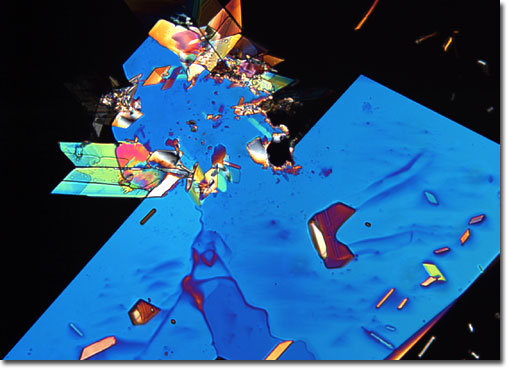|
It is generally agreed that adults should consume approximately 3 micrograms of vitamin B12 daily. Since plants are unable to synthesize the substance, they are not a good source of the vitamin. However, animal tissues, such as the liver and kidneys of cows and other ruminants, may contain significant quantities of the biochemical although they are also unable to synthesize the vitamin. This is because microorganisms in the gut of ruminants produce vitamin B12 and it is then transported to other tissues. Bivalve mollusks, such as clams and oysters, are also frequently excellent sources of the substance because they filter vitamin-synthesizing microorganisms from the water.
|
